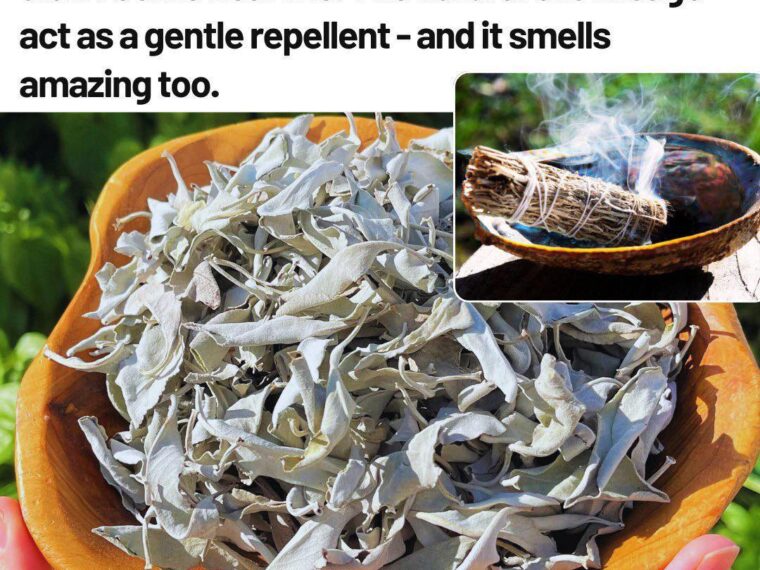Smudging is an ancient practice used by many cultures worldwide, especially indigenous peoples in North America. It involves burning sage and other herbs to cleanse spaces, purify the air, and clear out negative energy.
Traditionally seen as a spiritual ritual, smudging is now gaining attention from modern science for its potential to actually reduce harmful bacteria and microbes in the air.
So, is there scientific proof behind these traditional claims? Let’s explore what research reveals about how sage smoke affects airborne bacteria.
What is Smudging?
Smudging typically involves burning dried sage leaves (often white sage) bundled together into a “smudge stick,” sometimes mixed with other herbs like cedar, sweetgrass, or lavender.
Once lit, the smudge stick produces aromatic smoke that is gently spread through the air—using a feather or hand—with the intention to cleanse or heal.
Besides its spiritual meaning, people use smudging to freshen their homes and personal spaces. But beyond its ritualistic role, does burning sage actually change the physical environment?
The Science Behind Smudging: Sage vs. Airborne Bacteria
Recent scientific studies suggest smudging may indeed help purify the air by reducing bacteria.
A key study published in the Journal of Ethnopharmacology (2007) led by Dr. Narendra Singh tested the antimicrobial effects of burning medicinal herbs, including sage.
Key Findings from the Study
Next page





